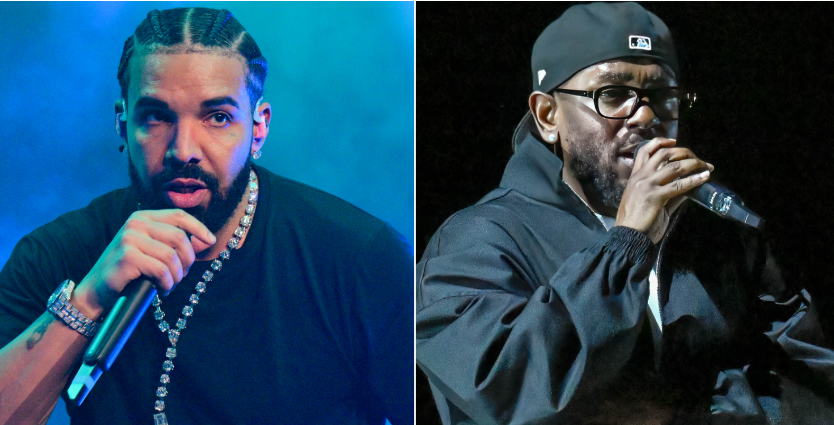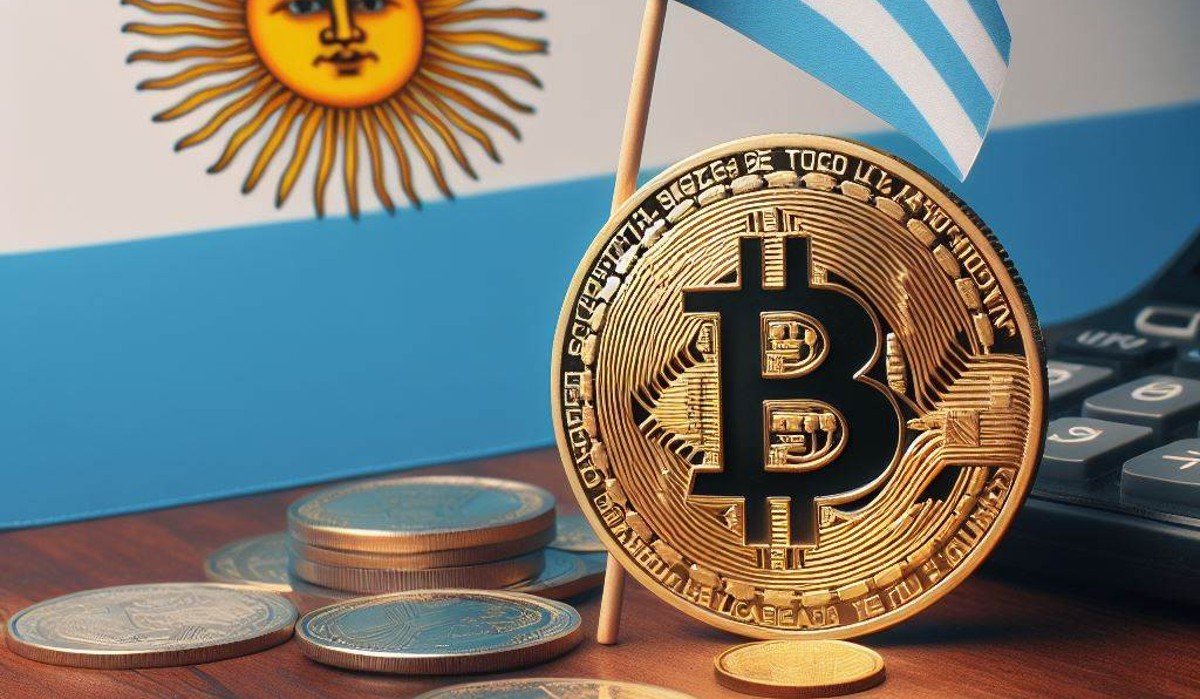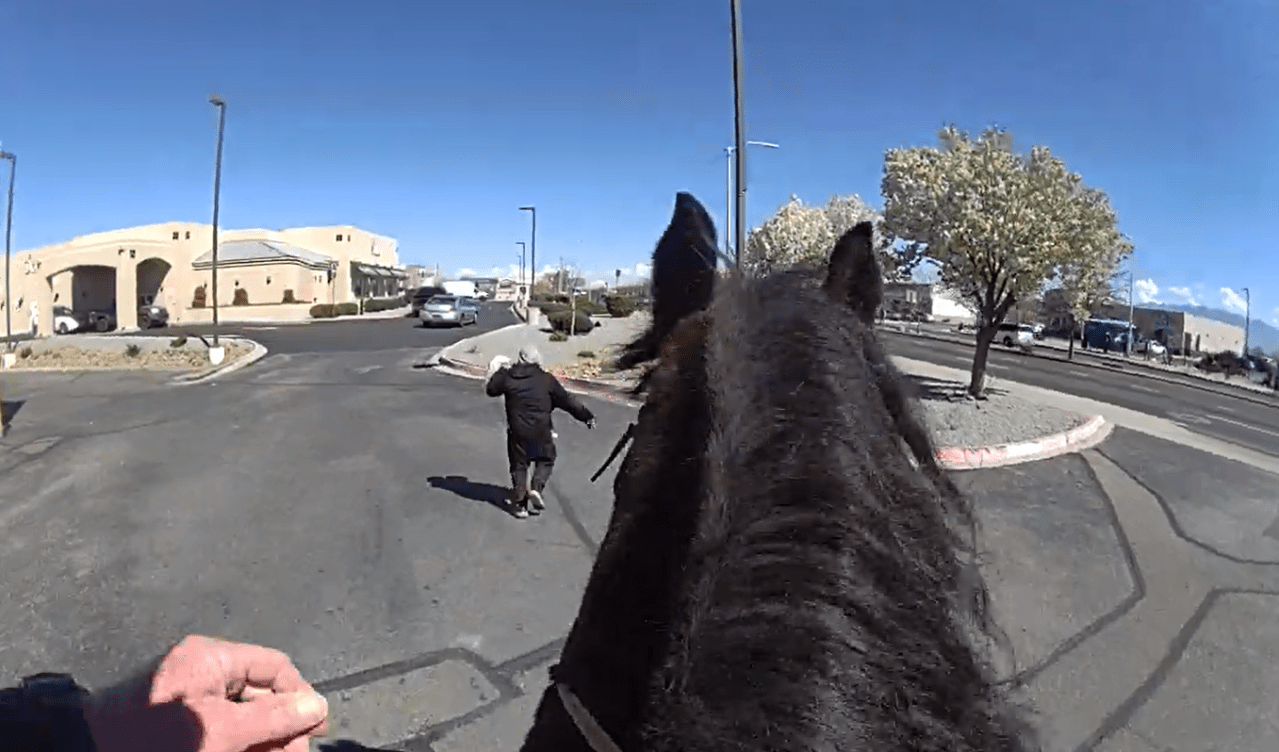A trend is increasingly resonating in the cryptocurrency industry: tokenization of real-world assets or RWA (abbreviation in English). real world assets,
RWA stands for Tokenization or representation of real physical or financial assets in the form of tokens On decentralized networks, like Ethereum, Solana or Polygon, etc.
the idea is Improve liquidity, transparency and efficiency in transfer and management of these assets., Thus, it seeks to allow greater financial inclusion and access to markets that have traditionally been less accessible to the average investor.
May include real-world assets Real estate, works of art, vehicles, intellectual property rights, investments in private companies, Goodsfinancial contractamong others.
By tokenizing these assets, they are divided into smaller units, allowing investors of all types and sizes to participate in markets that might otherwise be out of reach.
Additionally, decentralized cryptocurrency networks can offer a immutable and transparent registry The ownership and transfer of these tokens will potentially reduce fraud and improve trust in transactions.
CoinGecko, an analytical information company on Bitcoin (BTC) and cryptocurrencies, published this RWA report Of the year 2024.
This comes to light from that report 4 findings that are important to understand the current situation and where this trend is going,
1 – Dollar stablecoins dominate the RWA industry
Tokenized RWA has stablecoins, As defined by Cryptopedia (the educational section of CryptoNoticias), these are tokens that maintain parity in their price with the price of an underlying asset which can be a fiat currency.
The Coingeco report highlights that “currently, the majority of real-world tokenized assets are dollar-pegged stablecoins.”
Description of analytical signature:
“The top three dollar stablecoins alone make up 95% of the market, with Tether (USDT) at $9.1 billion (in market cap), USDC (USDC) at $26.8 billion and Dai (DAI) at $4.9 billion. USDT continues to dominate the sector with a market share of 71.4%. Meanwhile, USDC, which saw its market share decline after a brief delisting during the US banking crisis in March 2023, has failed to recover.
CoinGecko, cryptocurrency market analysis company
Although there are stablecoins that follow the price of other underlying assets, they are in the minority. According to the report reviewed here, they barely reach 1% of the market. These include other fiat currencies such as the euro, yuan, Mexican peso, and Turkish lira.
CriptoNoticias has reported this Currencies such as the Argentine peso or the Peruvian sol also have their own symbolic representation.S.
2 – Gold is the most popular commodity in RWAs
A commodity or raw material is a basic item used in commerce that is interchangeable with other goods of the same type. Raw materials are necessary for the production of other goods or services and are usually classified into categories such as agriculture, energy and minerals.
Common examples include oil, gold, wheat, and coffee. Too Bitcoin has been recognized as a commodity.
Commodities are often traded in specific markets, and their price is determined by the laws of supply and demand, influenced by factors such as weather conditions, economic activity, and global policies.
Market capitalization of commodities reaches $1.1 billion within tokenized RWAs Gold is the most popular.
CoinGecko details that “Tokenized precious metals like Tether Gold (XAUT) and PAX Gold (PAXG) make up 83% of the market capitalization of commodity-backed tokens. Tokens like XAUT and PAXG are backed by a troy ounce of physical gold, while Kinesis Gold (KAU) and VeraOne (VRO) are pegged to a gram of gold.
But there are also tokens that represent not only gold but other commodities as well. For example, CoinGecko explains that “The Uranium308 project has launched tokenized uranium whose price is pegged to 1 pound of uranium compound U308.” not everyone can Business This token requires strict compliance protocols.
Commodity-backed RWAs represent only 0.8% of the market capitalization of fiat-backed stablecoins.
3 – Tokenized treasuries are the fastest growing sector
Coinageco report shows that Tokenized treasury products to increase by 641% in 2023, Currently, it has a market capitalization of over $861 million.
between these products Tokens representing US Treasury bonds are exclusive (commonly referred to as “the world’s safest investment”). Despite their popularity and growth, these tokenized RWAs stagnated in 2024 and increased by only 1.9% in January.
The three companies that are leading the way in tokenization of state treasury products are Franklin Templeton, Ondo Finance and Mountain Protocol, The latter company is the issuer of Mountain Protocol USD (USDM). It is a token that works like a stablecoin, its advantage is that holders They receive periodic interest payments, because the underlying asset is a United States Treasury bond.
CoinGecko explains:
“The majority of tokenized treasuries are based on Ethereum, which has a market share of 57.5%. However, companies like Franklin Templeton and WisdomTree Prime have opted to issue issues on Stellar, which currently holds 39% dominance.
CoinGecko, cryptocurrency market analysis company.
4 – Most of the loans in the RWA sector go for the purchase of cars
Finally, CoinGecko shows leadership of the automotive sector in its report on the RWA industry, primarily in credit demand.
In any case, it is worth clarifying that this statement is striking if we take into account that Most decentralized lending platforms do not ask their users what they will use the funds received for., CoinGecko did not elaborate on how it reached this conclusion.
If we accept these figures as true then Loans given for buying cars reached 42%, Meanwhile, loans to the fintech and real estate sectors account for only 19% and 9% respectively.
Interestingly, according to CoinGecko, the majority of these loans occur in the world’s least-banked geographic regions, such as Africa, Southeast Asia, Central America, and South America.
RWA: An expanding industry with opportunities
As is clear from this report and other news published by this information portal, RWA is becoming one of the trends in cryptocurrencies during the current year.
This will also provide opportunities that investors can take advantage of. For example, it has already been seen how the price of the Ondo Finance Protocol token increased significantly a few days ago as a result of some financial movements of the BlackRock company associated with RWA.
In the coming months, with the “blessings” of the bull market, this emerging market sector will likely see new growth and further expansion.















